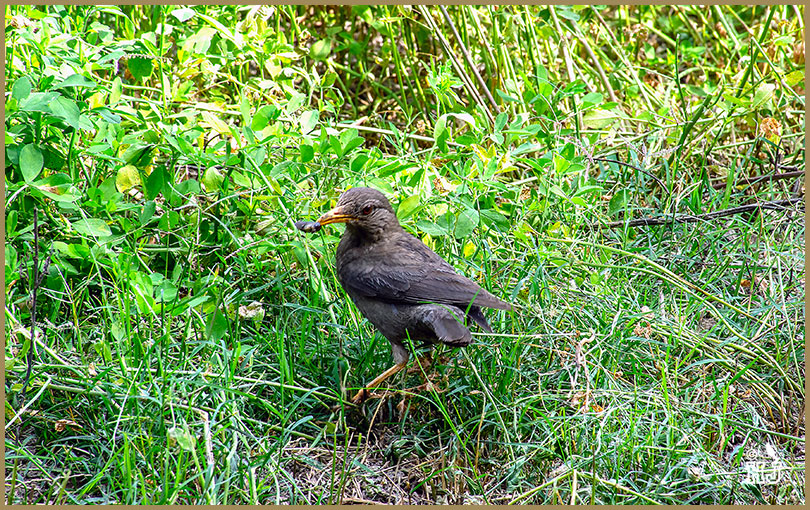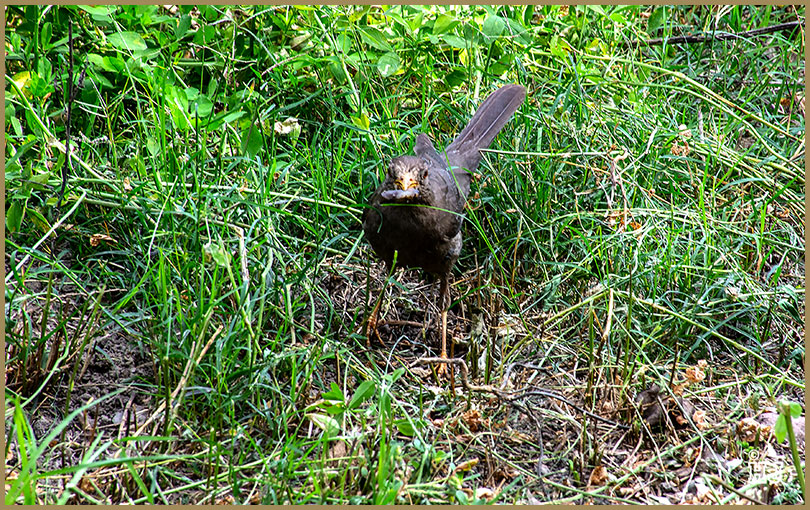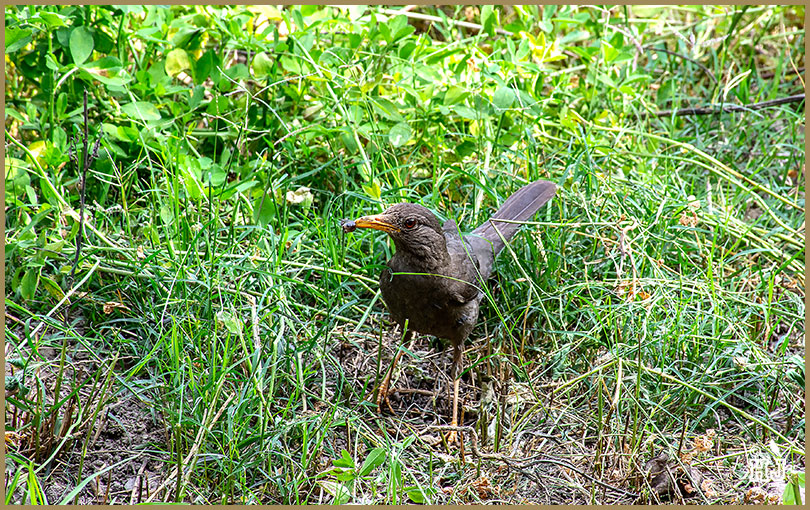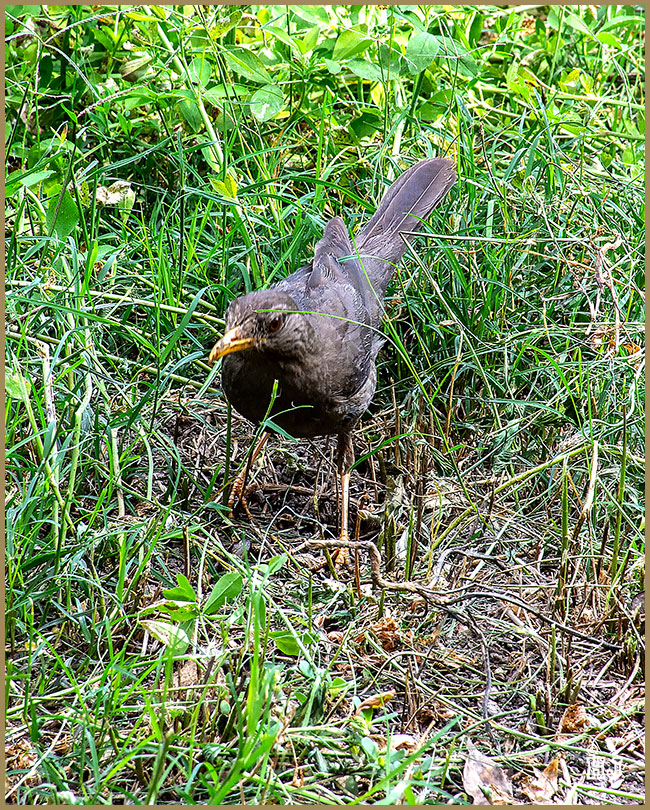Bird’s ID -Lifer # 231
Clay-colored Thrush




NOTE: It took me three years before I got the ID of this bird. Just by accident I was reading articles about birds when I saw a picture of the bird, and after digging a little more, came to the conclusion that these birds have reached quite far territory that it is known to fly. I found it in Arequipa, which is South of Peru. – H.J.
The Clay-colored Thrush (Turdus grayi) is a common Middle American bird of the thrush family (Turdidae). It is the national bird of Costa Rica, where it is well known as the yigüirro (Spanish: [ʝi’ɣwiro]). Other common names include clay-colored robin. It ranges from South Texas (where it is rapidly expanding its range) to northern Colombia. West and north of the Isthmus of Tehuantepec, it is limited to the Atlantic slope, except for a population around Oaxaca City, Mexico that probably originates from escaped cage birds. In general appearance and habits it resembles other Turdus thrushes such as the American robin. It is about the same length or slightly smaller: 23–27 cm (9.1–10.6 in), and weighs 74–76 g (2.6–2.7 oz) on average. The plumage is brownish, somewhat lighter below than above, lightest on the flanks. Birds from humid regions are darker than those from dry regions. The throat is faintly streaked. Immature birds have faint mottling on the back and underparts. The bill is greenish-yellow with a dark base, the legs are pinkish or flesh-colored, and the irises are reddish—all useful identification points. The clay-colored thrush usually forages for fruit or invertebrates on the ground or near it, singly or in pairs, but flocks may feed high in fruiting trees. It will follow army ants to feed on small prey disturbed by the ant columns. It builds a heavy cup nest of grass, moss, feathers, leaves and mud on a firm support above the ground, which may include human constructions such as windowsills. It lays 2 to 4 pale blue eggs with red-brown and gray markings between March and July and may double-brood.
© HJ Ruiz – Avian101 – Info Wikipedia





Always nice to put a tick next to a new species!
Yes! Thank you, D. 🙂
Congrats on the new check!
Thank you, Brian. 🙂
How exciting and what a cool sighting! I can totally relate to how long it took you to ID this bird. It took a bit longer for me to get an ID for a Black Bellied Whistling Duck that I sighted and photographed in the 2000’s while in Mexico. It was so satisfying finally getting that ID! It was from Birder’s Journey here on WP who posted some of her images of them that finally enabled me to ID them.
Hopefully, your posting will help someone down the line with their ID. 😀
Thanks so much, Deborah for explaining this better than I did. Sometimes we shoot pictures of a bird and do not know exactly what the ID is. And then you do not find a clue in the country where you found it. I appreciated your comment. 🙂
😀
Good research!
Thanks a lot, Jane. 🙂